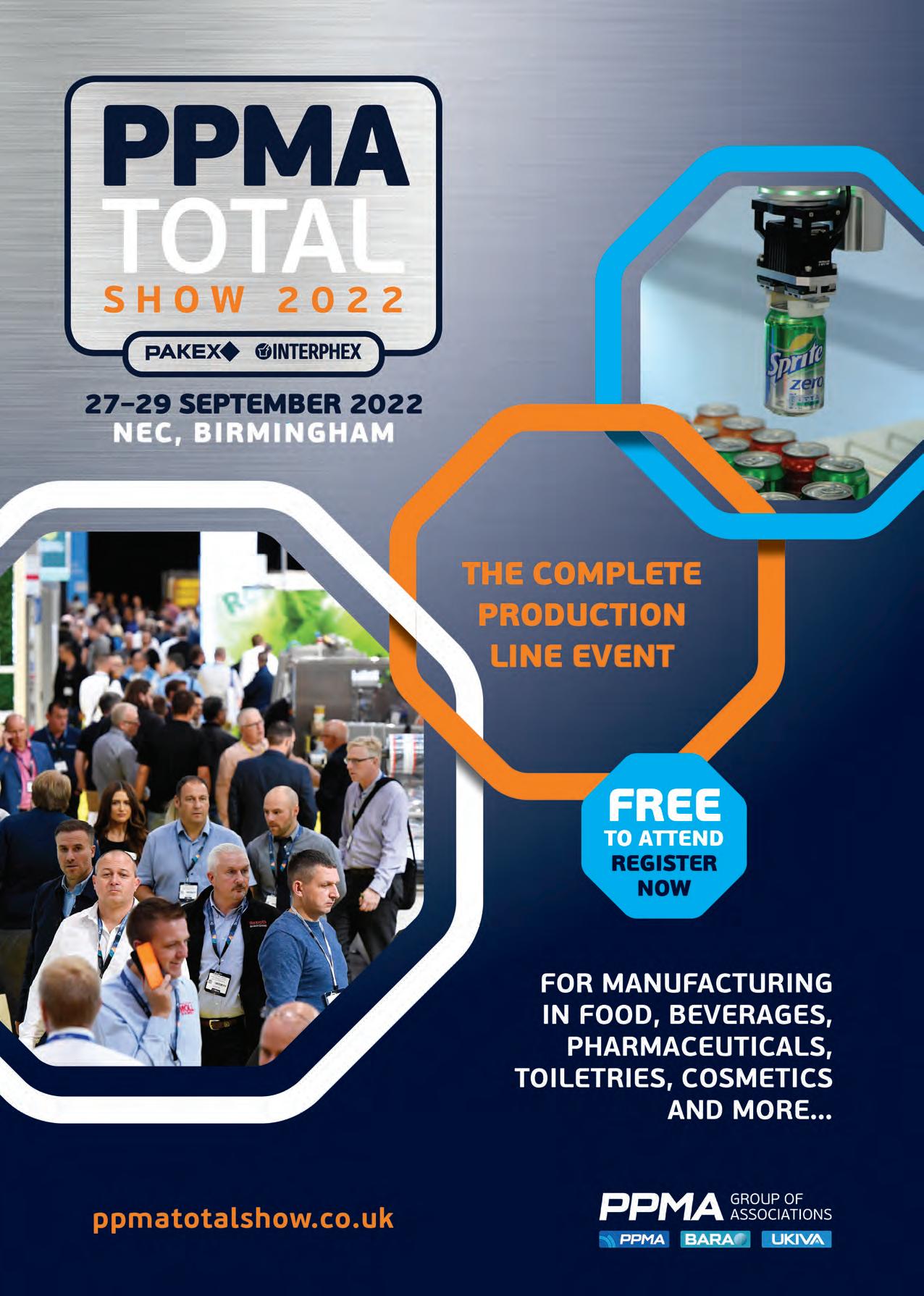
4 minute read
REGULATIONS
10 MACHINERY UPDATE JULY/AUGUST 2022 www.machineryupdate.co.uk 10 MACHINERY UPDATERegulations NOVEMBER/DECEMBER 2021 www.machineryupdate.co.uk
Controlling the noise at work is all-important
Advertisement
Paul Laidler Paul Taylor
BUSINESS DIRECTOR FOR MACHINERY SAFTEY AT TÜV SÜD PRODUCT SERVICE MANAGER FOR MACHINERY SAFETY AT TÜV SÜD PRODUCT SERVICE
The Health & Safety Executive offers helpful guidance which sets out an employer’s legal obligations to control risks to workers’ health and safety from noise. Find out more here…
Employers and duty holders are required under the Provision and Use of Work Equipment Regulations 1998 (PUWER) to provide workers with equipment that meets relevant supply laws. They must also adhere to the Control of Noise at Work Regulations, and the Health & Safety Executive (HSE) offers helpful guidance which sets out an employer’s legal obligations to control risks to workers’ health and safety from noise. This includes detailed advice on how to select quieter machinery.
In its L108 document, the HSE states that noiserelated damages are entirely preventable if: • employers take action to reduce exposure to noise and provide personal hearing protection and health surveillance to employees • employees make use of the personal hearing protection or other control measures supplied • manufacturers design tools and machinery to operate more quietly.
Manufacturers of machinery are legally required to provide information about the noise emissions from their machinery if it exceeds certain levels. They are also legally required to ensure that machinery is designed and constructed to reduce noise risks to the lowest level, alongside use of protective measures and information relating to any remaining noise risk. Purchasers of machinery should therefore expect equipment that is being sold on the market to reflect progress in low-noise design.
To ensure that noise levels are minimised, not only should purchasers take noise into account when selecting machinery, it should also be maintained in accordance with manufacturers’ recommendations. Machines deteriorate with age and use and, if they are not maintained appropriately, they are likely to generate more noise because of worn parts, poor lubrication and the vibration of loose panels.
Appropriate maintenance should therefore prevent noise emissions increasing over time and ensure that the performance of a machine does not deteriorate so that it puts employees at risk from increased noise emissions. Likewise, it is vital to have a company policy in place that requires machinery operators to report any unusually high noise levels and that they regularly check that machines are operating properly.
The Supply of Machinery (Safety) Regulations 2008, which is the UK implementation of the European Union’s Machinery Directive, requires manufacturers and suppliers of machinery to comply with particular essential health and safety requirements (EHSRs): • Produce machinery that can be used without risk, including risk from noise • Alert users to residual risks including risks from noise – for example, when a noise test code produces noise emission values that do not represent noise emissions during intended uses of machines • Include the information on airborne noise emissions in the sales literature describing the performance characteristics of the machines
• Provide information in the instructions accompanying the machinery, including instructions on how to reduce risks from noise • How to install the machine for minimum noise • Instructions for use of the machinery and, if necessary, any training of operators • Information about the residual risks remaining, including noise risks • Instructions on the measures to be taken by the user, including the hearing protection to be provided • Information on airborne noise emissions, including the uncertainties surrounding these values.
HSE advises that machinery owners check with their manufacturer and/or supplier to ensure that the noise information they have made available is a reliable guide for the intended use of the equipment. A manufacturer should therefore state emission sound pressure levels that are representative of the noisiest operation in typical use of a machine. This means that they may provide noise emissions for more than one operating condition for some classes of machine.
Even though BS EN ISO 12001 states that noise emission data should represent the noisiest operation in typical use of the machine under test, it is worth noting that data may not always be supplied for the noisiest operation. If the purchaser has a specific use in mind for the machine, they can also ask the manufacturer to provide relevant noise data, but this is not a legal requirement.
Noise emission data from the manufacturer should include a noise test code reference or, if a designated standard has not been used, describe the measurement method and the operating conditions of the machinery during their stated noise measurements.
Buyers of machinery should expect equipment that is being sold to reflect progress in low-noise design
i For more information contact W www.tuv-sud.co.uk TÜV SÜD Product Service is the PPMA’s technical and legislative partner




